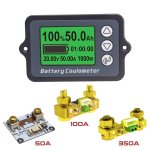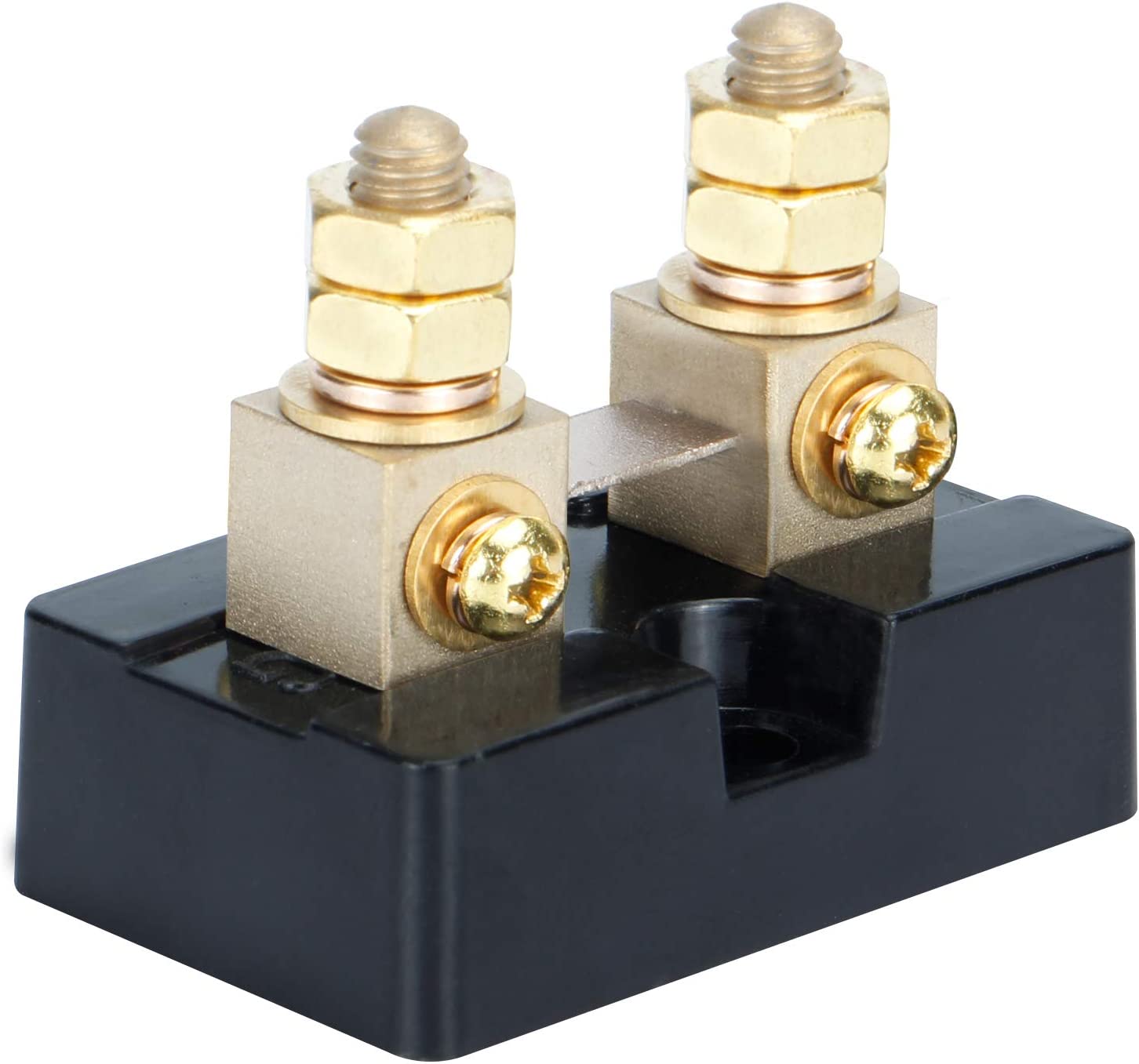Would it be OK to shorten the "shielded wire" of TK15 Wattmeter (https://www.aliexpress.com/item/32703947698.html)? The cable is 1 meter and currently it's folded between other handlebar wires.
The cable between shunt and the display unit is somehow damaged inside (one wire is not conducting) and I need to get rid of the damaged part. I suppose noise protection is important but I'm not sure if shortening it will affect accuracy. I can shorten the wire and crimp new JST pins, without introducing newly exposed parts. Although I don't have that yellow colored pins, just the usual ones.
Here they sell different lengths of this cable, but they also say "don't cut it" - that doesn't make so much sense. The English they use in that page isn't very clear to me.
https://www.aliexpress.com/item/1005003740034677.html
The cable between shunt and the display unit is somehow damaged inside (one wire is not conducting) and I need to get rid of the damaged part. I suppose noise protection is important but I'm not sure if shortening it will affect accuracy. I can shorten the wire and crimp new JST pins, without introducing newly exposed parts. Although I don't have that yellow colored pins, just the usual ones.
Here they sell different lengths of this cable, but they also say "don't cut it" - that doesn't make so much sense. The English they use in that page isn't very clear to me.
https://www.aliexpress.com/item/1005003740034677.html






